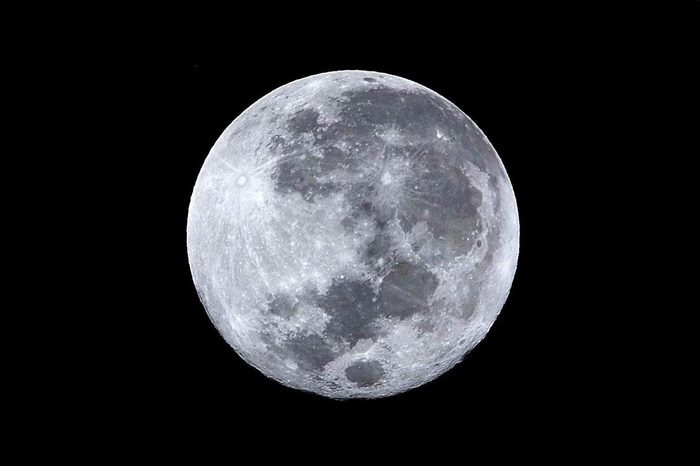
Unusual moon facts worth knowing
Did you know that there is actually water on the moon? Or that the moon plays a vital role in maintaining Earth’s stability by moderating its axial wobble? If not, then these are some of the facts about the moon you’ll learn right here.
Here’s another interesting fact: The moon was shaped billions of years ago, when a Mars-sized body collided with our young planet. Today, of course, our celestial companion graces our night sky with a beautiful glow. And since each month typically has one full moon (with the moon taking around 29.5 days to go through all of its phases), knowing the moon’s secrets is a fun and crucial task. Just as the sun commands our attention during the day, knowing moon facts to understand just how and why the moon does what it does is equally important.
So ahead, you’ll find 10 facts about the moon—some fun and some spooky!
Get Reader’s Digest’s Read Up newsletter for more fun facts, holiday insights, humor, cleaning, travel and tech all week long.

The moon has a graveyard
Most of the 200 tons of trash on the moon is space junk and ephemera crash-landed or left behind by the 12 astronauts who have visited since 1969. It includes abandoned satellites, spent rockets, cameras, backpacks and golf balls. But here’s one of the more morbid moon facts: Among the detritus on the moon are the ashes of Eugene Shoemaker, one of the founders of the field of planetary science, sent skyward by NASA in a polycarbonate capsule in 1998.

The moon is connected to lunacy
The full moon can, in fact, mess with your emotions. Back in the Middle Ages, scientists and philosophers believed that a full moon caused seizures and influenced episodes of fever and rheumatism. Because of the connection between the moon and unusual behavior, the afflicted were called lunatics—or, literally, “moon sick.”

The moon is disappearing
Sadly, this moon fact isn’t a myth. Each year, the moon’s orbit moves about four centimeters away from the Earth, meaning that in a mere 500 million years, the moon will be 14,600 miles farther away than it is right now.
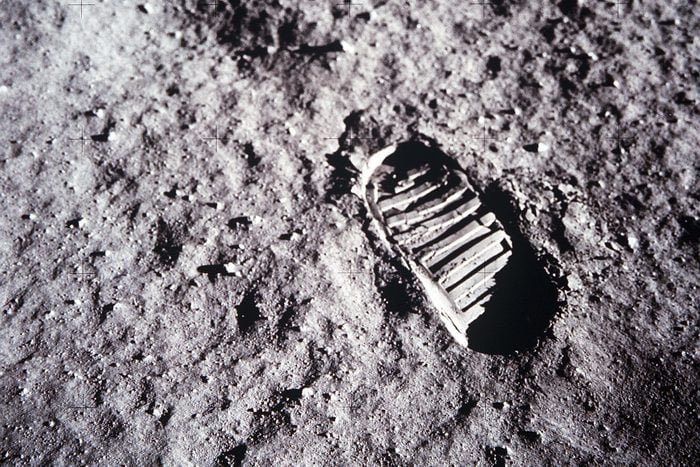
The moon’s surface has footprints
Man hasn’t set foot on the moon in more than four decades, and yet, fresh prints remain. Is this evidence of an alien life form? Is Bigfoot taking up extra-planetary residence? Nah, they’re just leftover astronaut footprints. Because there’s no wind on the moon (with water ice only seen in shadowed regions), tracks can last millions of years.
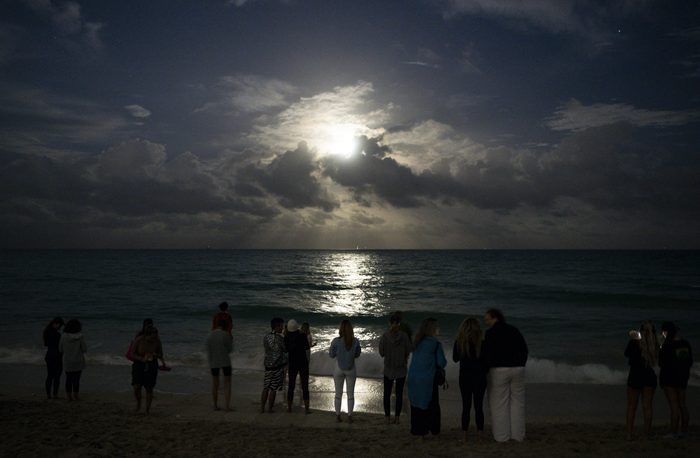
A full moon might keep you awake
In a small study from the University of Basel in Switzerland, subjects monitored closest to a full moon experienced less deep sleep, produced less melatonin and took five minutes longer to fall asleep that those monitored during other times of the month. Sleep researcher Marie Dumont, who wasn’t involved in the study, suggests that the full moon could indirectly affect the internal body clock by increasing volunteers’ exposure to light in the evening.
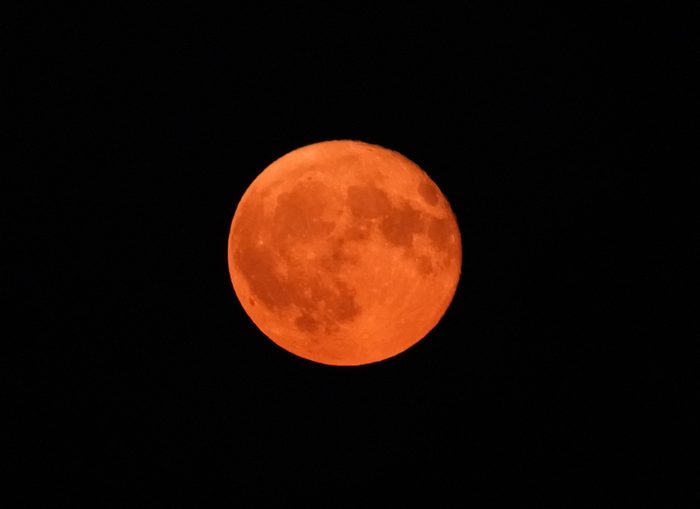
The moon can turn red
As many people witnessed in late September 2015, the moon can turn an eerie shade of red under the right conditions. But despite werewolf warnings and apocalypse alerts, scientists define the so-called “blood” moon as a purely astronomical event when the Earth casts a rust-colored shadow on the moon’s surface.
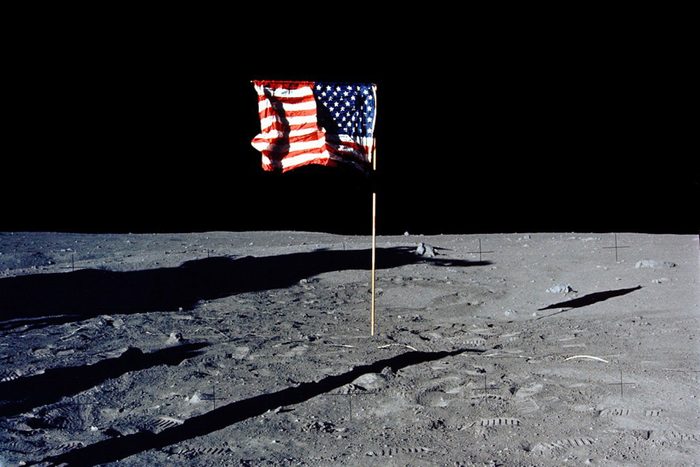
The moon casts darker shadows than the Earth
Astronauts on the moon immediately noticed that their shadows were much darker there than on Earth. The reason? The atmosphere that scatters light to create shadows on Earth is absent on the moon. The sun and the Earth itself provide a little bit of light, enough for shadows to still appear, but the shadows are much harder to see.
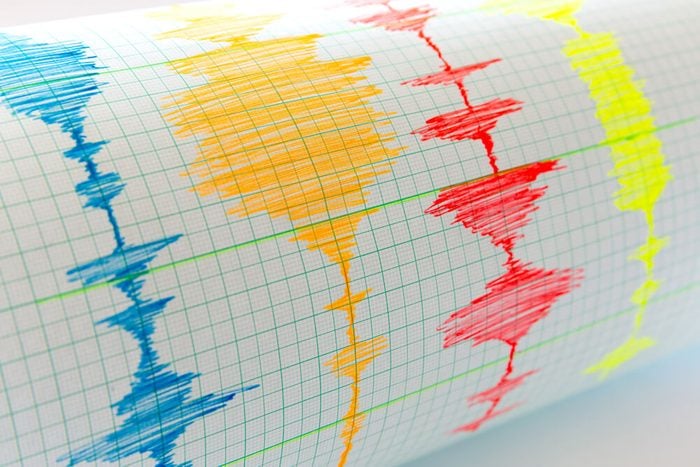
The moon experiences earthquakes (or moonquakes)
Just like the Earth, the moon has a crust that shifts and changes. Moonquakes can occur when the lunar crust warms and expands, or they can be triggered by meteorite impacts. While moonquakes don’t reach the same level of intensity as earthquakes, they can last much longer, because the moon has no water to combat seismic vibrations.
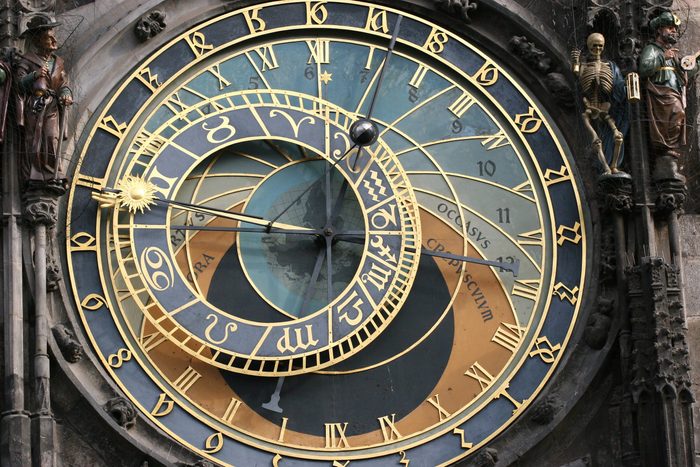
The moon has a time zone all its own
It’s called Lunar Standard Time, but it doesn’t simply correspond with a time on Earth. Time is quite different on the moon than it is on Earth; a year on the moon is divided into 12 “days,” each about as long as an Earth month. Each day is named after a different astronaut who has walked on the moon. The days are divided into 30 cycles, which are then divided into hours, minutes and seconds. Oh, and the calendar started the moment Neil Armstrong walked on the moon: Year 1, day 1, cycle 1 began on July 2, 1969, at 02:56:15 Universal Time. How’s that for a cool moon fact?
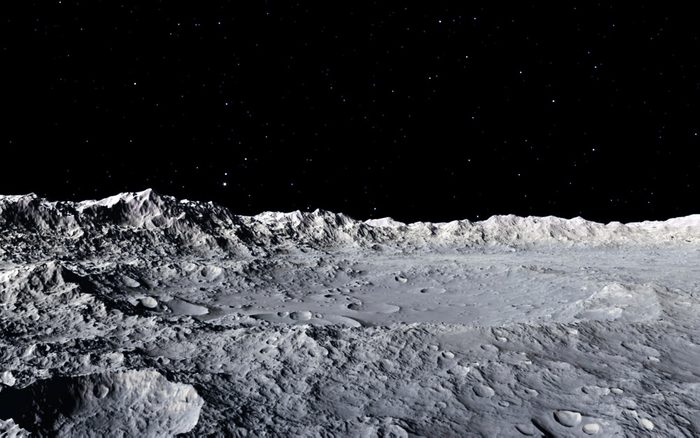
The moon experiences a huge range of temperatures
You probably think of Earth as located in the habitable, moderate zone of our solar system. Planets closer to the sun are far hotter, while the planets farther away experience frigid temperatures. But here’s one of the weirdest facts about the moon you probably don’t know: The moon experiences some pretty intense temperatures, on both ends of the spectrum, considering how close it is to our life-friendly planet. During the day, temperatures can be as high as 200 degrees Fahrenheit. By the moon’s poles, though, the temperature stays around minus 400 degrees Fahrenheit. This disparity is due to the moon’s lack of an atmosphere.
Why trust us
At Reader’s Digest, we’re committed to producing high-quality content by writers with expertise and experience in their field in consultation with relevant, qualified experts. We rely on reputable primary sources, including government and professional organizations and academic institutions as well as our writers’ personal experience where appropriate. We verify all facts and data, back them with credible sourcing, and revisit them over time to ensure they remain accurate and up to date. Read more about our team, our contributors and our editorial policies.
Sources:
- Lowell Milken Center for Unsung Heroes: “Meet the Hero: Gene Shoemaker”
- BBC: “What will the next footprints on the Moon look like?”
- Science Direct: “Evidence That the Lunar Cycle Influences Human Sleep”
- Amaral Lab: “The Lunar Standard Time”
- NASA Science: “The Moon’s Permanently Shadowed Regions”
- New Scientist: “Full moon could be to blame for a poor night’s sleep”
- Royal Museums Greenwich: “Interesting Facts About the Moon”